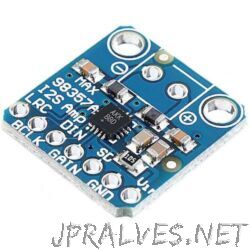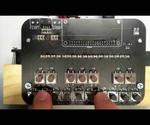Other
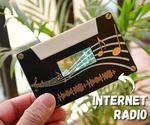
“Several years ago, I crafted an FM radio using the compact RDA5807M module, a tuner that delivered FM radio in a small package. While it functioned well and brought enjoyment to the entire family, the reception was subpar. I resorted …
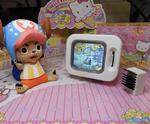
“This instructables show how to make a mini retro TV. Note: This TV cannot receive analog TV broadcast signal but can play mini video tape (micro SD card). Supplies Below list only provide the searching keyword and product image, you …

“I’ve always been a fan of air instruments where you make music without touching anything so when DFRobot offered to send some sensors so I can make a project with them, I pitched the idea of making a set …
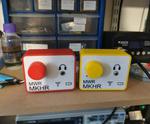
“Originally designed as a charity project, the MWR is a simple single-station battery powered internet radio. The design features a combined power-volume dial and 3.5mm headphone socket, utilising a 3D printed case Firmware, documentation and STL files: https://github …
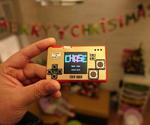
“This instructables show how to use a tiny sweet box to make a NES console. Supplies: TTGO T7 v1.3 1.54” ST7789 IPS LCD Lipo 303040 MAX98357 I2S DAC audio breakout board 1018 mm speaker_ Thin Prototype PCB …
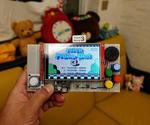
“This instructables show how to build a portable NES console with Arduino IDE. Note: currently most NES emulator required manual command line build with sort of C compiler, e.g. esp-idf, it is a big barrier for the beginner. I …

“How to play MP3’s and other file formats on your ESP32 from an SD Card. All you need to know to make a simple music player. Code shown in video is below.”

